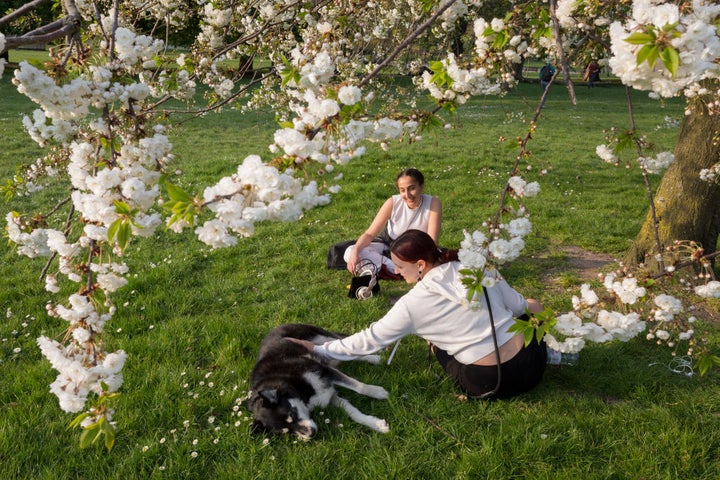Hay fever season is back with a vengeance – and it’s certainly been even trickier to manage this year, with lots of us socialising outdoors more than normal.
This weekend (11-12 June) is set to see temperatures soar across much of England, meaning the pollen count is set to be ‘very high’.
The NHS advises people to “stay indoors whenever possible” if suffering from hay fever symptoms, such as sneezing and coughing, itchy or watery eyes, headaches and fatigue. But what about if you’ve got outdoor plans?
Allergy UK shared these tips to help keep symptoms to a minimum – they won’t remove the problem completely, but might help.

Avoid bringing pollen into your home
Wash your face and blow your nose when you enter the house especially when the pollen is high.
Take a shower after outdoor activities.
Dry washing inside or in a tumble dryer as pollen can be brought inside by clothes.
Cats and dogs can bring pollen into the house on their fur. Wipe your pet’s coat with a damp microfibre cloth to remove pollens.
Keep windows closed when indoors. This is most important in the early mornings, when pollen is being released, and in the evening when the air cools and pollens that have been carried up into the air begin to fall to ground level again.
Plan outdoor activities (and your outfit) carefully
Use the pollen forecast to avoid days with a high pollen count, this tends to be warm days with a gentle breeze.
Limit time spent in rural areas. Sea breezes blow pollen inland, so escape to the coast instead when lockdown allows it.
Rain washes pollen from the air, so counts should be lower on cooler, wet days. Although do beware of thunderstorms when pollen counts are high.
Wear large sunglasses and a hat, which reduces the amount of pollen that gets onto your face and in your eyes.
Avoid outdoor activities that will expose you to pollen, such as cutting the grass.
Get your treatment right
Antihistamines are the most effective treatment for hay fever. These should be non-sedating and are available in both tablet and liquid form.
If you need expert advice on the most suitable choice for you or your child’s needs, speak to a pharmacist or your GP. To get the best protection from your antihistamine, make sure you start treatment early (up to two weeks before peak pollen times can help), says Allergy UK. Other treatments for hay fever include:
Nasal steroid spray
Eye drops
Saline nasal sprays and irrigation
Nasal allergen barrier balm
If your hay fever medication is not improving your symptoms, consider if you are taking it correctly and regularly (keeping it near to something you use in the morning like your toothbrush can help to remember to take it).